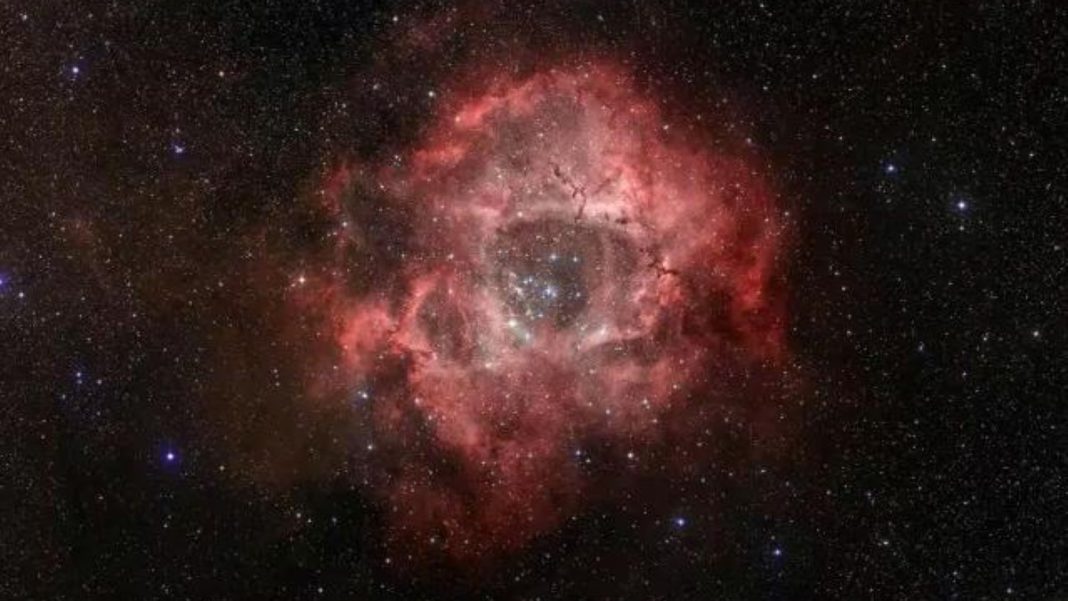INDIA: In the realm of physics, where the laws governing the universe are scrutinized and theories are continuously challenged, there exists a mind-bending puzzle known as the Unruh Paradox.
Named after its discoverer, physicist William Unruh, this paradox delves into the intricate relationship between acceleration, quantum mechanics, and the nature of empty space.
The Unruh Paradox stems from the profound connection between the behaviour of particles in quantum physics and the effects of acceleration on those particles.
According to the theory of quantum mechanics, empty space is not truly empty but rather a seething sea of virtual particles that spontaneously pop in and out of existence.
These virtual particles are pairs of particles and antiparticles that materialize and annihilate in a fleeting dance governed by the uncertainty principle.
In a stationary frame of reference, an observer perceives these virtual particles as a transient phenomenon, appearing and disappearing in the blink of an eye.
However, the situation becomes perplexing when an observer accelerates through space. As per the principle of equivalence in general relativity, acceleration is indistinguishable from gravity. Therefore, an accelerated observer experiences an effect similar to that of gravity.
The Unruh Paradox arises when we consider the perspective of an observer accelerating through empty space. From their vantage point, the virtual particle pairs that appear and vanish in the vacuum are no longer transient.
Instead, the accelerated observer would witness a constant flux of real particles emanating from the vacuum. This means that what was once perceived as empty space by an inertial observer is transformed into a sea of actual particles by the accelerated observer.
This paradoxical observation raises profound questions about the nature of reality and the influence of acceleration on our understanding of quantum mechanics.
It challenges the fundamental assumption that empty space should appear the same to all observers, regardless of their state of motion.
The Unruh Paradox has been a topic of intense theoretical investigation, prompting physicists to explore its implications and seek possible resolutions. Several proposed explanations and mathematical models have emerged to shed light on this puzzling phenomenon.
One such explanation involves the concept of “entanglement.” According to quantum entanglement, particles can become interconnected in such a way that their properties become inseparable, even when separated by vast distances.
Scientists have suggested that the Unruh effect, which describes the creation of real particles due to acceleration, could be a consequence of the entanglement between the accelerated observer and the virtual particle pairs in the vacuum.
Another approach involves considering the Unruh effect as a consequence of the Hawking radiation phenomenon.
Hawking radiation, proposed by physicist Stephen Hawking, describes the radiation emitted by black holes due to quantum effects near the event horizon.
The Unruh effect can be seen as a manifestation of Hawking radiation experienced by an accelerating observer in flat spacetime rather than near a black hole. Despite these intriguing explanations, the Unruh Paradox remains an open question in theoretical physics.
Resolving the Unruh Paradox may require a deeper understanding of the interplay between quantum mechanics and gravity, which has been a long-standing challenge in the pursuit of a unified theory of physics.
Also Read: Lenard’s Paradox: A Puzzling Phenomenon at the Intersection of Light and Metal



